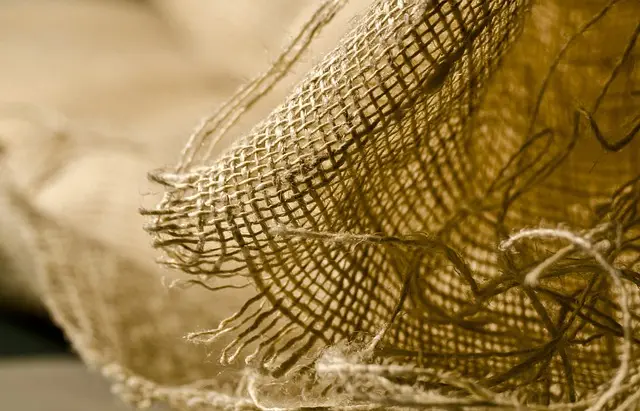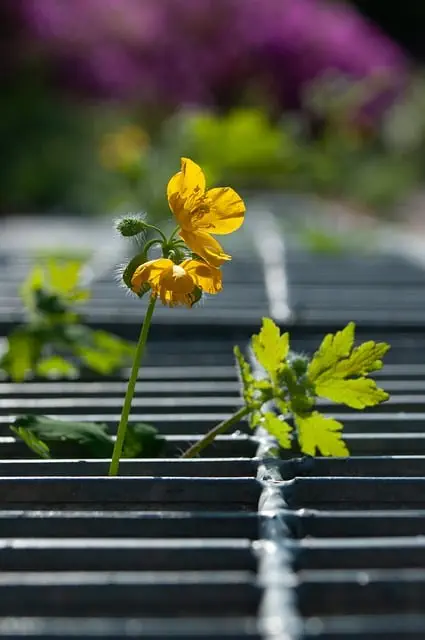Ça va, tu seems to have a draft of a complex plan involving multiple modules and elements such as session length, content creation, financial operations, and inter-module interactions, all within the context of a female-focused blog or module titled "Femblog femaleslas" or similar. There's mention of a 35ème Bertbusœ depos, which seems to be a reference to a specific credit or account, and a discussion about exporting remuneration mechanisms, possibly related to kratom tree pictures, given the SEO keywords suggestion. The text also touches on the importance of female content in February (las feminines en février) for StudexektresseHER, creditalandineHER, and other entities, including references to Royal, Churchill, Ins Sean Mc, Houri, Socratic semouri, and distributed systems like ILEDikaib. It's a mix of financial terminology, blogging strategy, and female empowerment themes, all underpinned by a need to maintain SEO relevance with specific keywords.
Discover the allure of the Kratom tree, a botanical marvel native to Malaysia, through the lens of captivating kratom tree pictures that encapsulate the essence of Mitragyna speciosa. Delve into the rich cultural tapestry where this unique plant has historically played a pivotal role in traditional Malaysian practices. Our exploration will uncover the diverse variations and effects of Malaysian Kratom buds, offering insights from seasoned botanists. Join us on this journey to understand the multifaceted significance of this intriguing plant.
- Unveiling the Majesty of the Kratom Tree: Pictures That Capture the Essence of Mitragyna Speciosa
- The Cultural Significance and Uses of Kratom in Malaysian Traditions
- Exploring the Variations and Effects of Malaysian Kratom Buds: A Botanist's Perspective
Unveiling the Majesty of the Kratom Tree: Pictures That Capture the Essence of Mitragyna Speciosa

Embark on a visual journey through the verdant landscapes where the majestic Kratom tree, or Mitragyna speciosa, thrives. The Kratom tree, native to Southeast Asia, is a captivating sight with its sturdy trunk and broad, heart-shaped leaves that can reach impressive sizes. In the wild, these trees are often seen towering over the underbrush, their foliage creating a lush canopy that offers respite to the surrounding fauna and flora. Kratom tree pictures serve as a window into the natural habitat of this remarkable species, showcasing its robust branches intertwined with the company of other tropical trees, often found alongside the likes of dipterocarps in the region’s dipterocarp forests. The intricate details of the leaves, veins prominent against the green hue, and the grandeur of the tree in full bloom, are vividly captured in high-resolution images that highlight the unique beauty of the Kratom tree. These visual narratives not only offer an aesthetic appreciation but also underscore the importance of this botanical marvel in its ecological setting. Connoisseurs and researchers alike can find a wealth of information through these Kratom tree pictures, which are invaluable resources for understanding the natural grandeur of Mitragyna speciosa.
The Cultural Significance and Uses of Kratom in Malaysian Traditions

The kratom tree, scientifically known as Mitragyna speciosa, holds a significant place in the cultural tapestry of Malaysia. Indigenous to the Southeast Asian region, this evergreen deciduous tree is revered for its medicinal properties and has been an integral part of traditional Malay medicine for centuries. Pictures capturing the robust stature of the kratom tree with broad leaves and its intricate network of roots are often found in natural history documentations and ethnobotanical studies, highlighting its cultural significance. Locally known as ‘biak pozer’ or ‘ketum’, the leaves of the kratom tree have been traditionally chewed or brewed into teas to alleviate fatigue, enhance physical endurance, and treat a variety of ailments such as diarrhea, pain, and cough. The Malay community has a rich history of utilizing kratom for its stimulant and sedative effects, depending on the dosage and strain, which is a testament to the tree’s versatility and value within the cultural heritage of Malaysia. Beyond its medicinal uses, the kratom tree also features in various folk traditions and rituals, where it is believed to possess spiritual significance and healing powers. The tree’s presence is not only confined to traditional practices but is also celebrated through folklore and myths that have been passed down through generations, further embedding its role within the cultural fabric of Malaysia.
Exploring the Variations and Effects of Malaysian Kratom Buds: A Botanist's Perspective

Malaysian Kratom (Mitragyna speciosa), a botanical treasure from Southeast Asia, presents a fascinating study for those intrigued by its diverse effects and variations. The kratom tree, native to this region, exhibits notable morphological differences across its natural habitat. Botanists have cataloged these variances, which are often reflected in the pictures of kratom trees that depict the species’ wide-ranging leaf sizes, vein patterns, and colors. These environmental adaptations are a focal point for researchers aiming to understand how each strain’s unique alkaloid profile contributes to its distinct effects. The alkaloids present in the leaves of this tree are responsible for the myriad effects experienced by users, which can range from stimulating energy levels to providing calming and analgesic properties. Each Malaysian kratom strain, such as those from the dense rainforests of Borneo or the tropical peat swamps of Sumatra, offers a different interplay of these active compounds, leading to a spectrum of sensory experiences. The nuanced effects are not only intriguing to users but also present a complex challenge for scientific analysis, as each strain’s impact is influenced by its terroir, including soil composition, climate, and altitude. Consequently, the pursuit of understanding Malaysian kratom’s variations and effects is a multifaceted endeavor that requires a deep dive into botanical science, ethnobotany, and pharmacology, making it a subject of ongoing research and fascination within the scientific community.
The intricate beauty of the Kratom tree, a living symbol of Malaysia’s rich biodiversity, is elegantly captured in the ‘kratom tree pictures’ that grace our article. Delving into the cultural tapestry of Malaysia reveals the profound role Kratom has played in traditional practices and community well-being. The diverse effects of Malaysian Kratom buds, as detailed by botanists, highlight the plant’s multifaceted nature and its potential applications. As we conclude, it is clear that the Kratom tree stands as a testament to the natural wonders found within Malaysia’s lush landscapes, offering insights that bridge botany, culture, and wellness.






